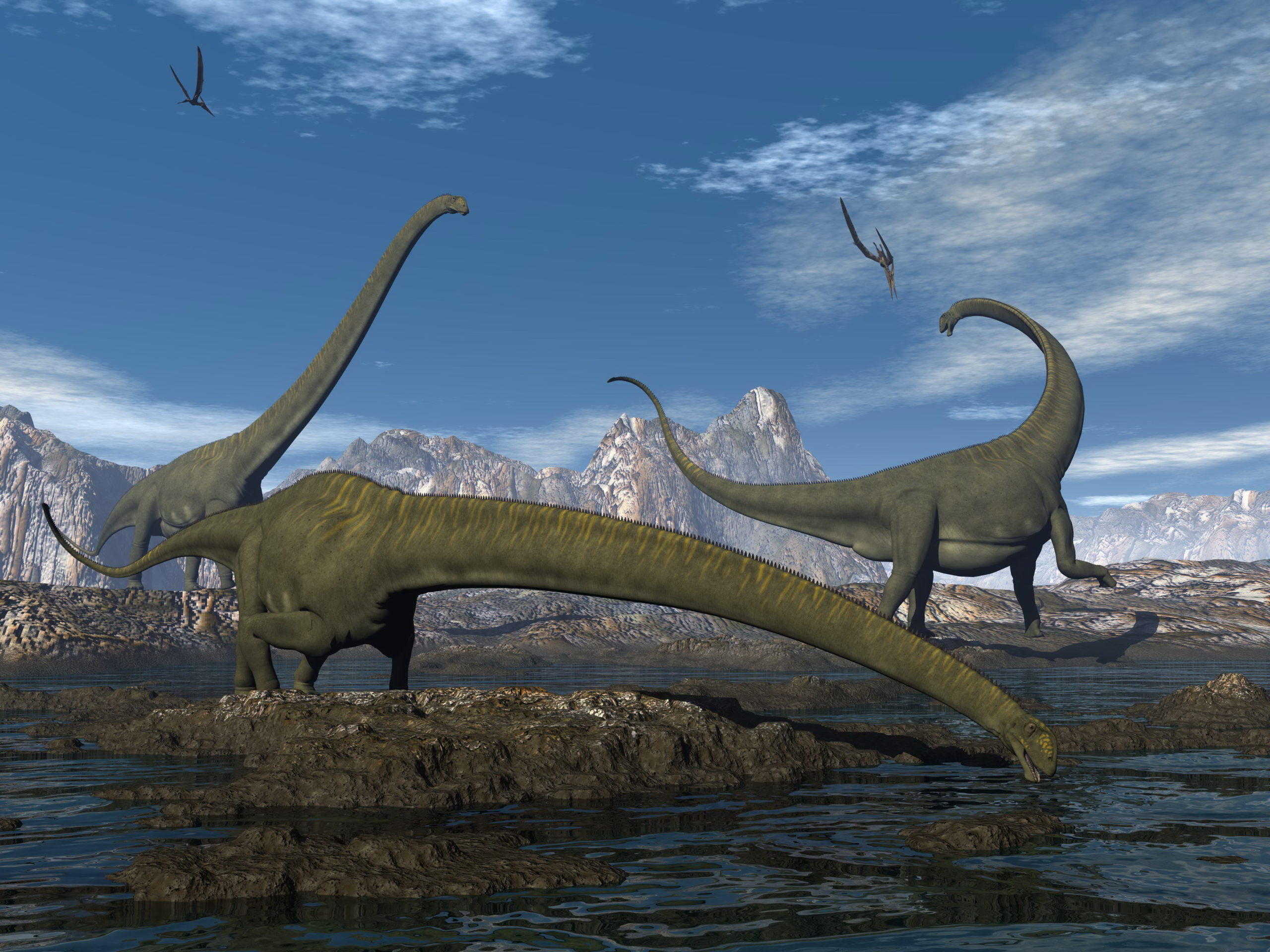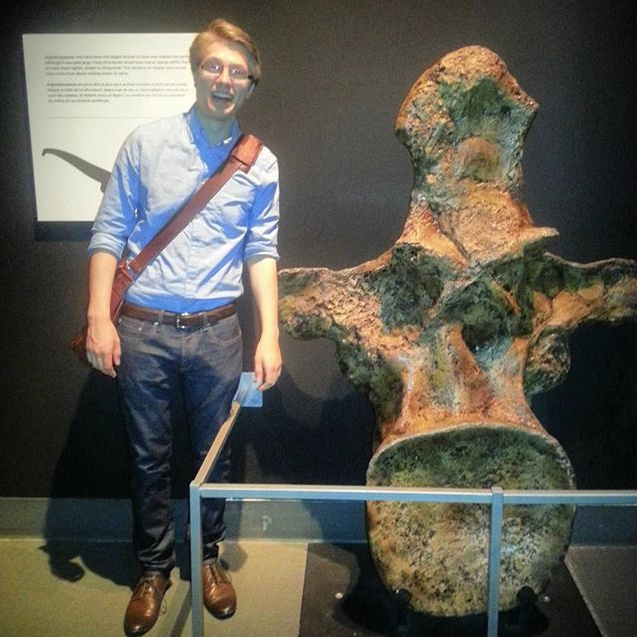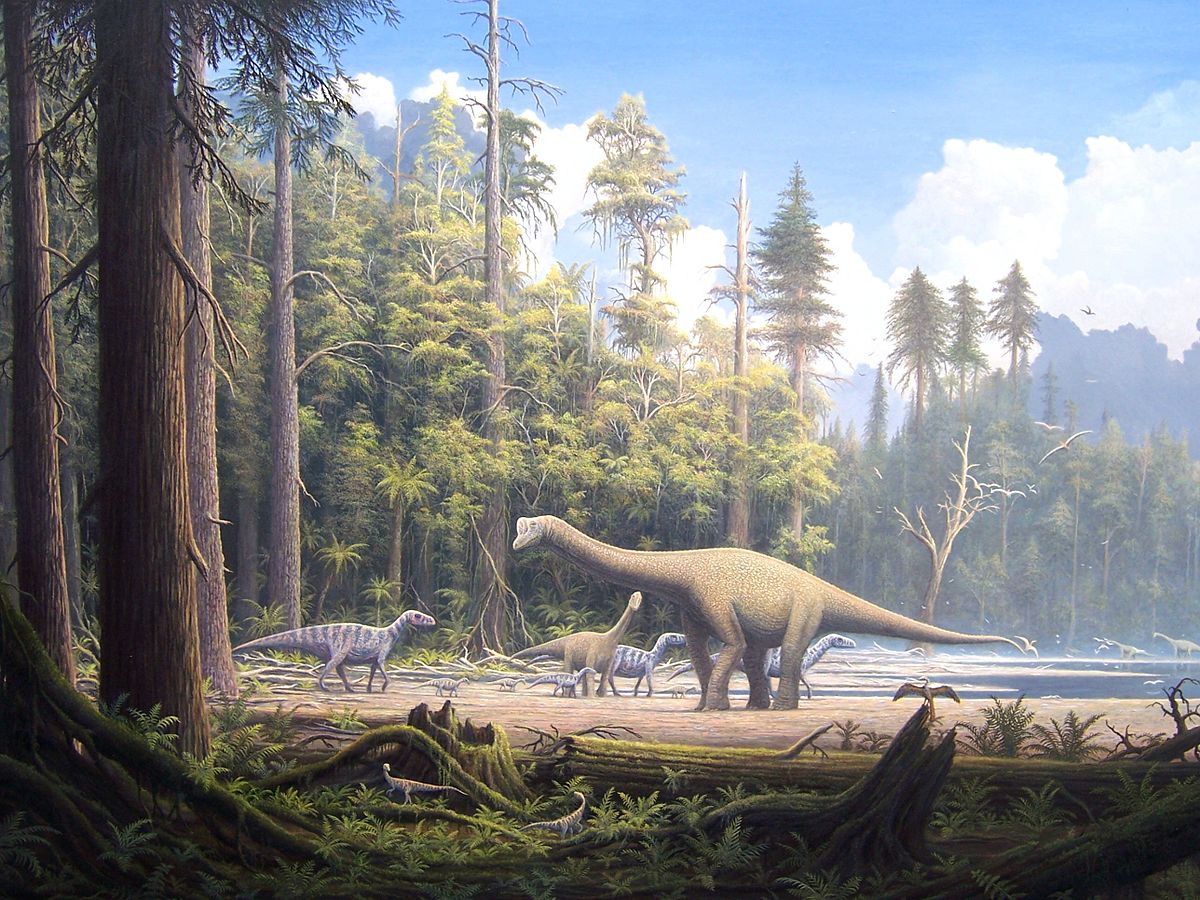Besides the terrifying and awesome shapes of dinosaurs, there is one thing that has amazed scientists and the general public since their discovery: their size.
It’s very uncommon for modern mammals to grow as large as many dinosaurs did. While the weight of a Theropod, a two-legged carnivorous dinosaur, most often fell between 100 and 1000 kilograms, most carnivores that currently exist are between 10 and 100 kilograms in weight—an entire order of magnitude less.
Sauropod dinosaurs were likely the largest terrestrial animals that ever existed. For example, Argentinosaurus, a titanosaur of unprecedented size, could have weighed between 50 and 90 tonnes. Their size is only surpassed by baleen whales, whose weight is supported by water.
But the question on everyone's mind is how, or more specifically, why did they get so big?
An evolutionary arms race
To understand the gigantism of dinosaurs, we have to think about the reason animals might become large in general. Since no examples of purely marine dinosaurs exist, we'll focus on terrestrial animals—animals that live on land.
Today's largest land animals are the elephant and the giraffe, and both became large as a result of different advantages their size gave them.
The gigantism of the giraffe seems obvious: its long neck allows it to reach for higher foliage that is inaccessible to other herbivores, giving it an advantage in gathering food. To support such a long neck, a larger body is also needed.
Large animals are also more difficult to hunt. If one elephant is large and another is small, predators will have an easier time catching and killing the smaller one. Thus, the bigger elephant survives and has offspring, which may be slightly larger than its parents at adulthood. Over time, elephants reach their present day size.
This may also have an effect on the size of predators, spurring the selection of larger and larger individuals that can take on the bigger prey. However, a predator doesn't need to reach the same size as its prey to hunt it efficiently and they often are not.
This can be related back to dinosaurs in the same way: herbivores gain mass to avoid being preyed upon, and carnivores gain mass to make it easier to prey on the large herbivores. Over time, both are pushed to upper extremes in size—an evolutionary arms race.
But that still doesn't fully answer the question: why are dinosaurs a whole order of magnitude greater in size than their modern-day counterparts?


